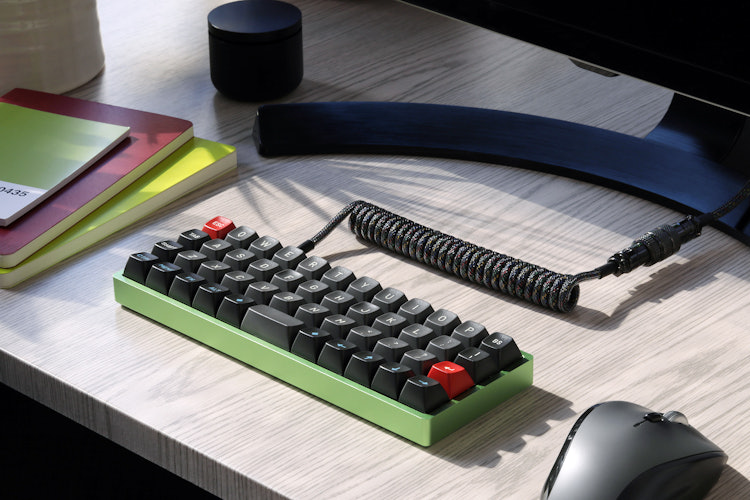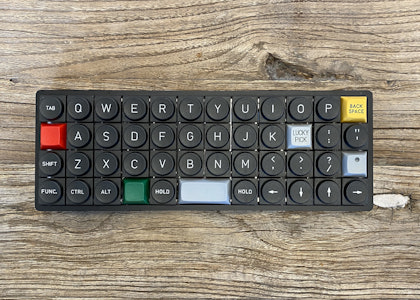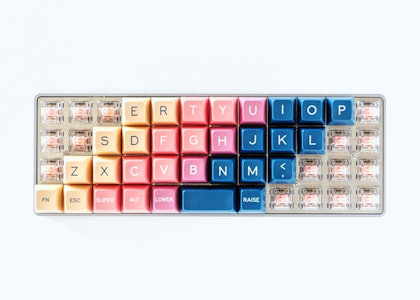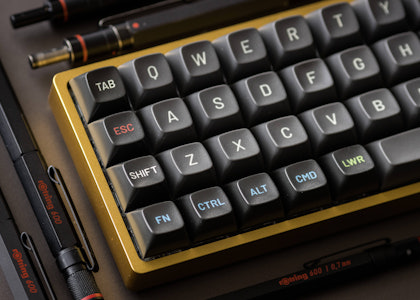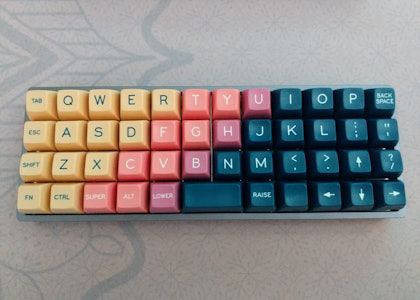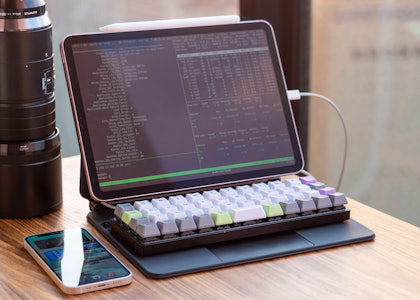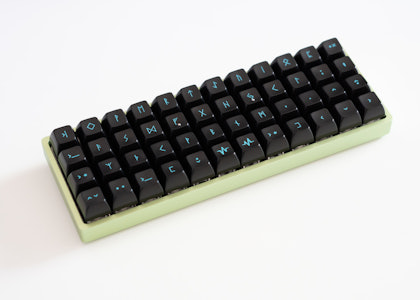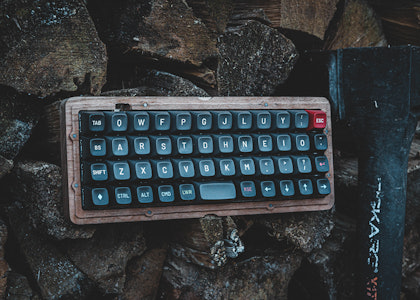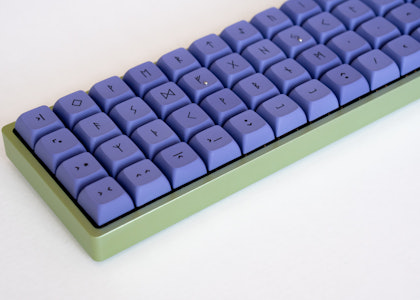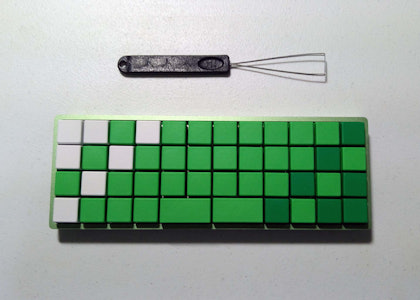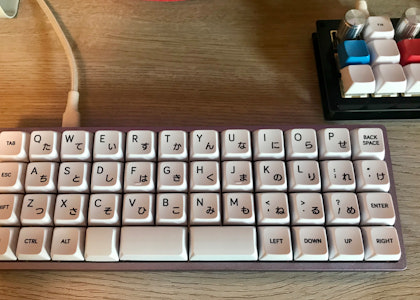Drop + OLKB Planck Mechanical Keyboard Kit V7
Planck Reaches 7th Heaven
With an ortholinear 40% layout and excellent all-around build quality, our ergonomic Planck Mechanical Keyboard has been a perennial community favorite for quite some time. Now in its 7th iteration, it’s still packing a punch. Like all previous generations, V7 is laid out so that every key is within two units of your fingers on the home row, minimizing finger travel. (Its “raise” and “lower” spacebar keys also make it easy to access additional layers for extra functionality.) It also comes with the same high-performing ARM STM32 processor for plenty of power and lag-free typing. In this generation, we’re unveiling an updated PCBA with both north-facing and south-facing switch positions, a sturdier USB port, and eight new encoder slots (four on the left and four on the right) for even more functional fun. Plus, for the first time in Planck history, users can choose between a traditional steel plate and a lighter POM plate for a different typing feel. Also available are four CNC’d aluminum case colors—black, green, and red—as well as a new polycarbonate case.
Note: This kit comes disassembled and does not include a switch plate, keycaps, or switches. Use the add-on feature to order your Planck switch plate.
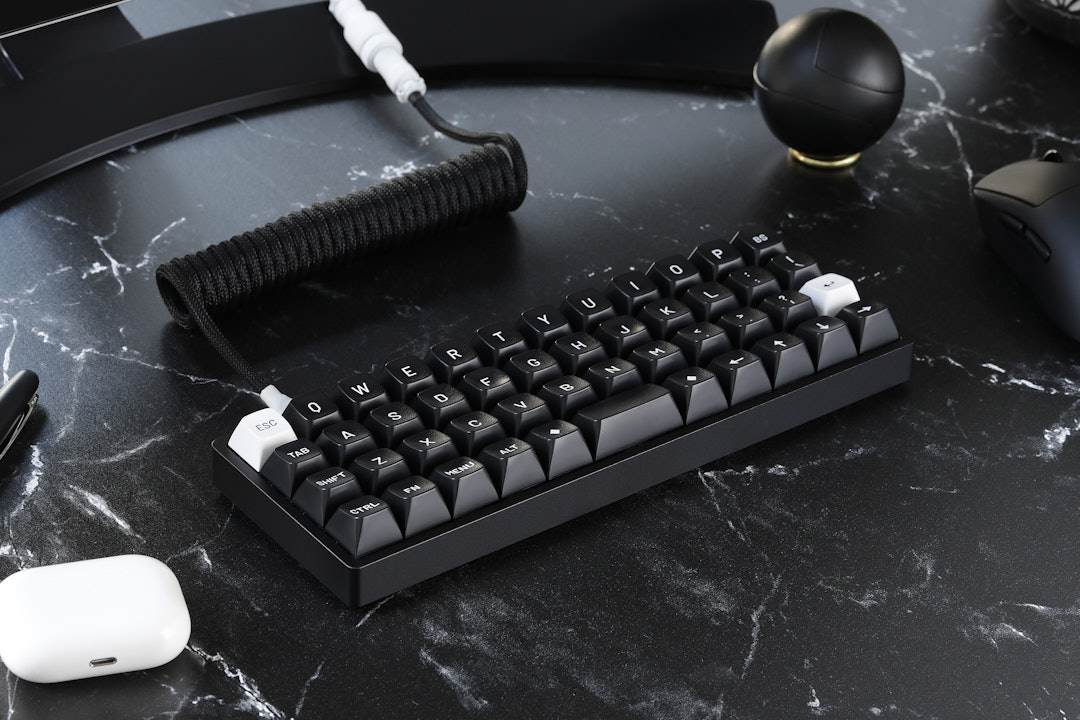

8 New Encoder Slots
Functional and satisfyingly tactile, rotary knobs have been nothing short of a revolution in the Mech Keys community over the past few years. So, to give the people what they want, we gave the Planck V7 not just one rotary encoder slot—but eight. Arrayed symmetrically in vertical columns of four at the far ends of the board, these slots give you more than enough space for your rotary knob needs. It’s the Planck, plus some.
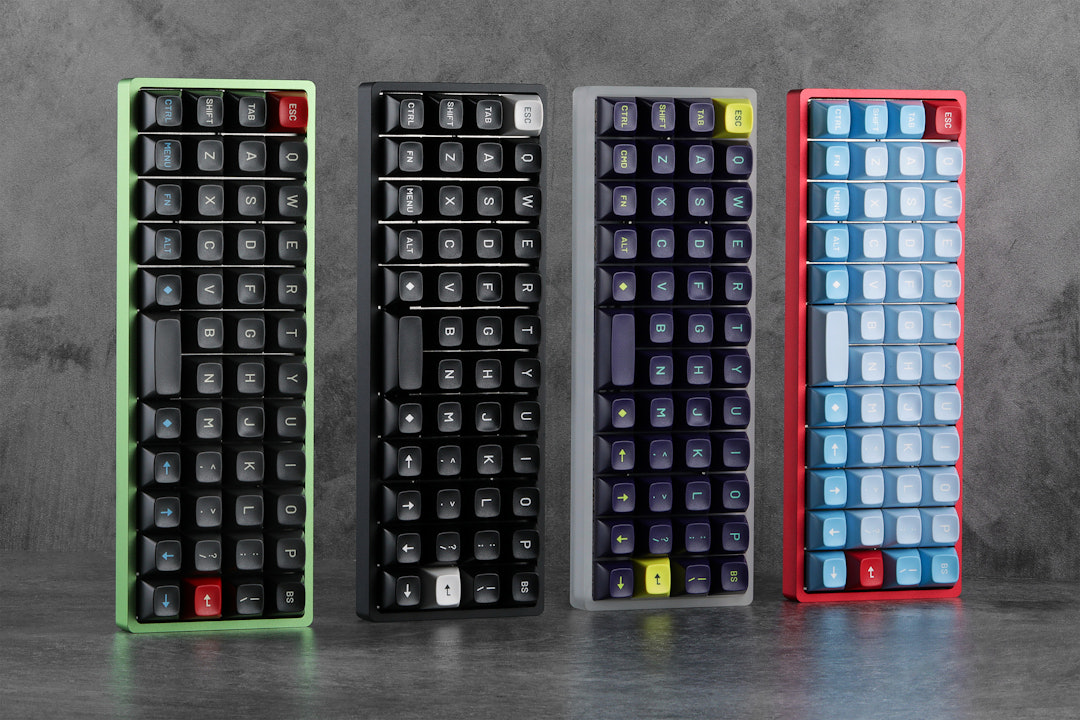
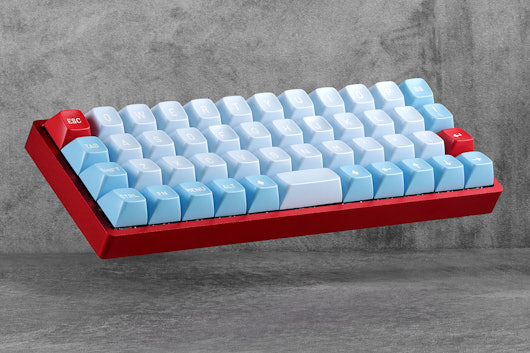
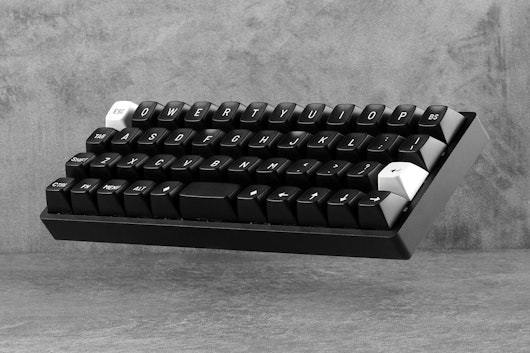
2 Switch Positions, 2 Plates
Like several Plancks before it, V7 comes with an MX plate (for MX switches and clones), which supports 1 x 2u, 2 x 2u, and Grid layouts. However, in V7, this plate is available in either heavy 304 stainless steel or lighter, less-rigid POM (in both black and white) to change up the typing feel. Together with the new PCBA—armed with a powerful ARM/STM32 chip—these plates are configured to accommodate both north-facing and south-facing switches, as well as LEDs. (Note: only the north-facing configuration is hot-swappable. To install and change south-facing switches, soldering is required.)
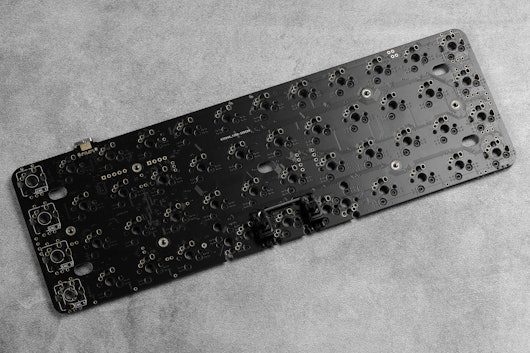
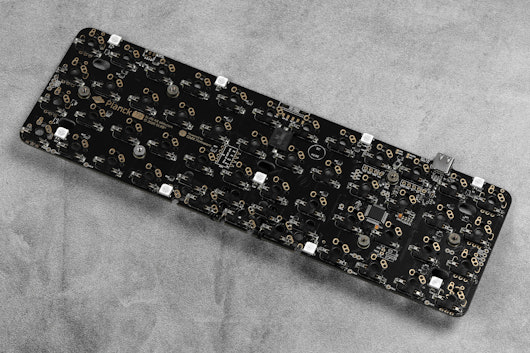
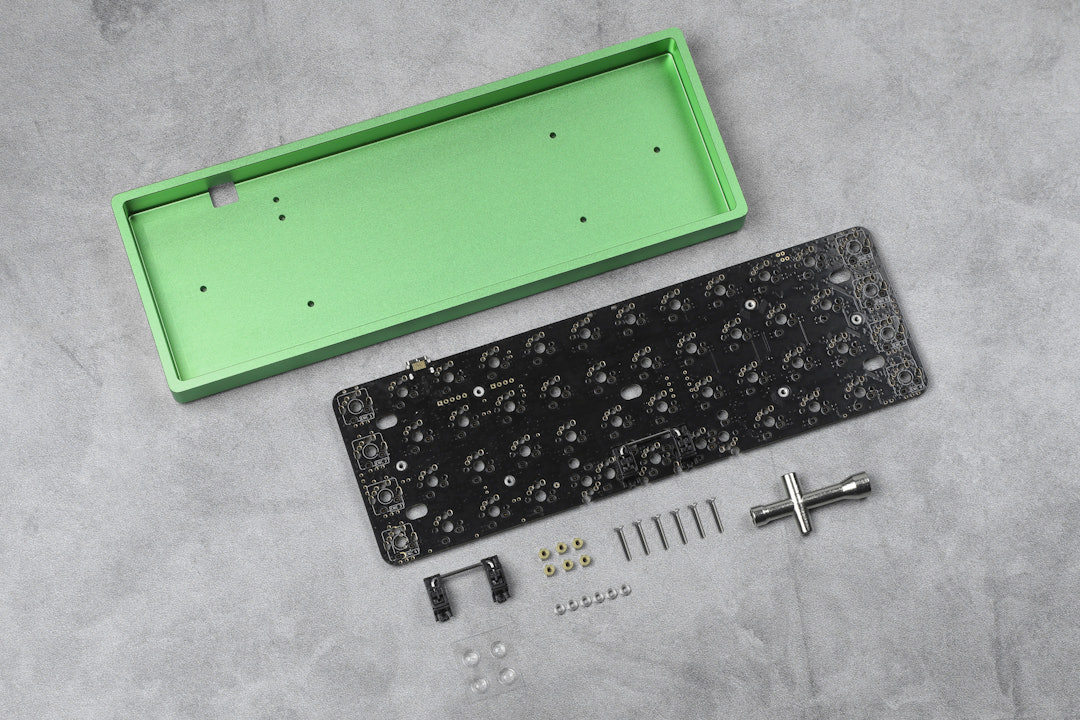
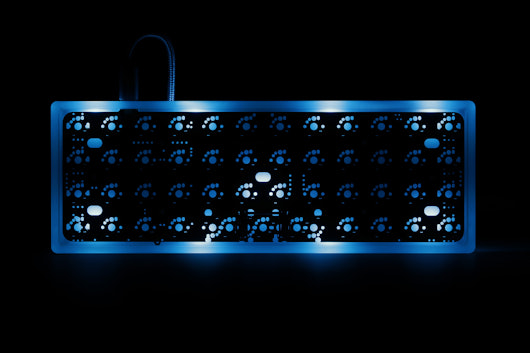
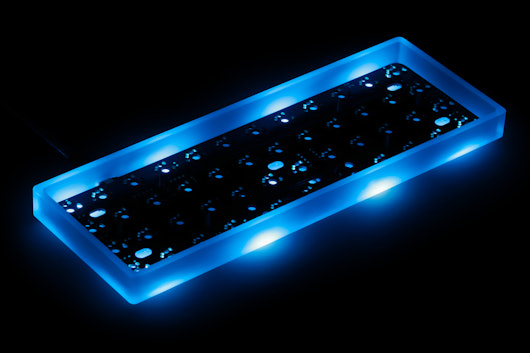
A Strong, Anodized Aluminum Case
On Plancks past, you could see the plate atop the milled aluminum body. On V7 (like its most recent ancestor, V6), we’ve tucked the plate into the case for a more streamlined look—one you can get two different ways, depending on your preference. The milled bottom is made from a single piece of aluminum with thick 3.1-millimeter walls. It’s anodized with a smooth finish in your choice of three colors—plus a new polycarbonate case option for a more transparent look. A hole near the USB port allows easy access to the reset button on the PCB. For V7, we’ve also made that USB port stronger than ever to ensure a solid connection that lasts—no matter where you place your Planck. The kit has all the hardware you need to assemble the keyboard, plus four 3M rubber feet so it won’t slide around on your desktop.
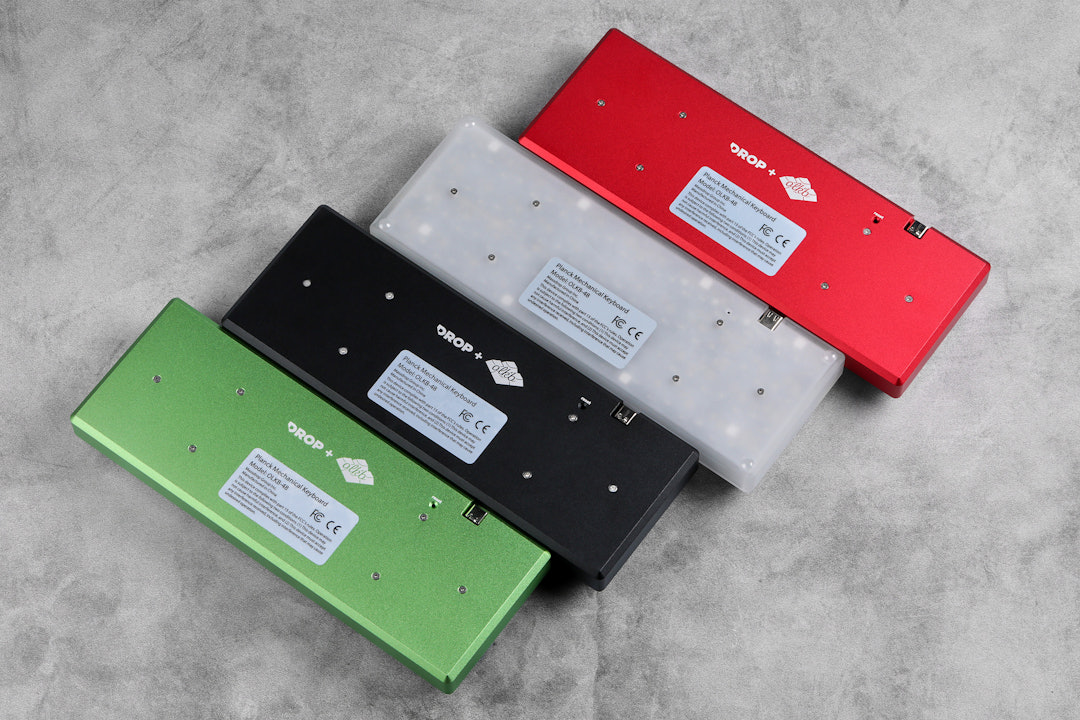
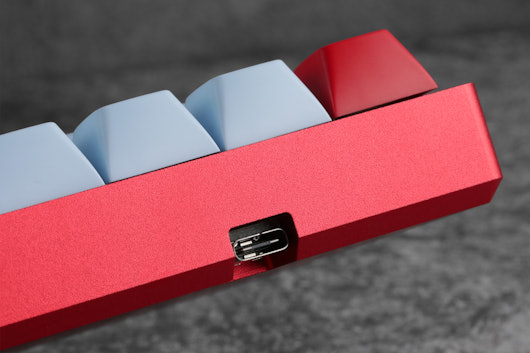
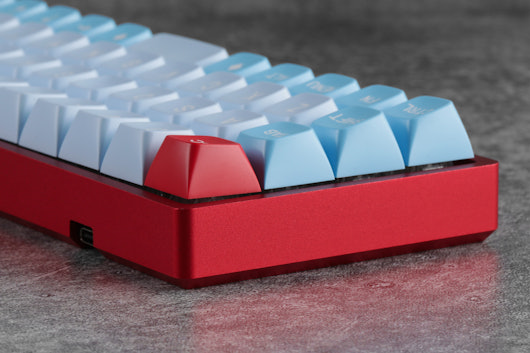
Not Just Your Standard Typing Sounds
Also notable, the PCB is outfitted with a small speaker, which is driven by the MCU. In the default firmware this will make a few different noises—like a short series of beeps on startup, notifications when you put the board into Device Firmware Upgrade (DFU) mode, plus noises when you change the default layout to prevent mishaps when typing quickly. The speaker can be disabled by turning off the audio via a keycode or by flashing new firmware.
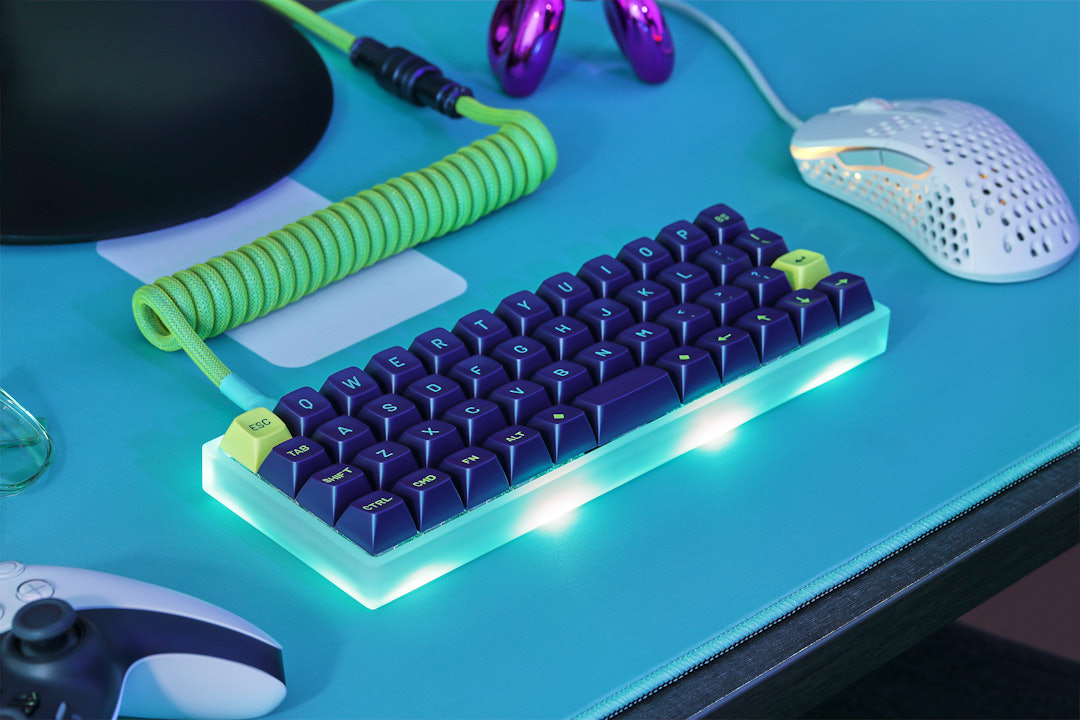
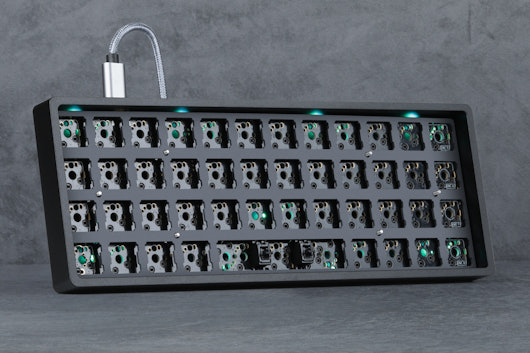
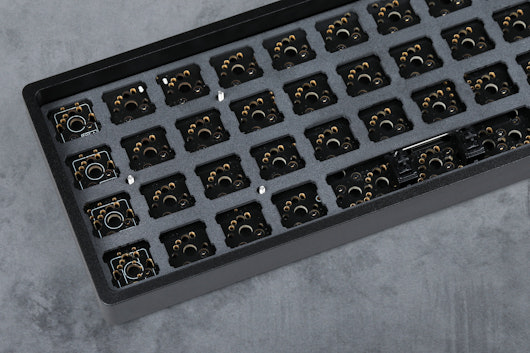
Color Options
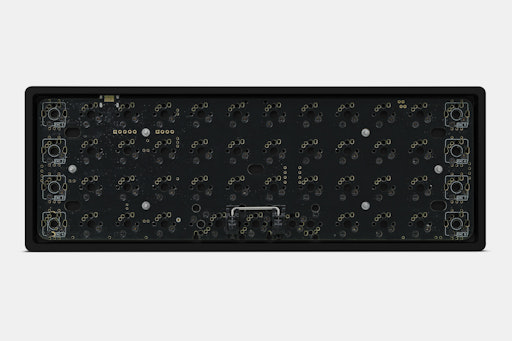




Plate Options




Build Guide Made by a Community Member
Specs
- Drop + OLKB
- 48 keys
- Layout: Ortholinear
- Case: CNC anodized aluminum or polycarbonate case
- RGB bottom lighting
- Connectivity: USB-C
Included
- USB-A to USB-C cable
- Screws and other accessories for assembly
- PCBA-mounted stabilizers
- CNC aluminum or polycarbonate case
- PCBA
RETURNS—NO QUESTIONS ASKED
We get it. Sometimes what you ordered just doesn’t work out. If that’s the case for you, don’t fret! All customers (both US and international) may return this item in new, unused condition within 30 days of delivery.
Shipping
Estimated ship date is May 2, 2024 PT.
Payment will be collected at checkout. Cancellations are accepted up to 2 hours after checkout for in-stock items, or up until pre-order ships.
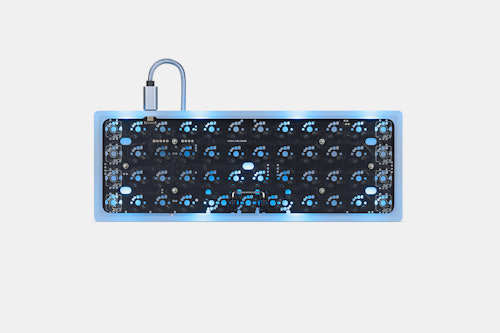
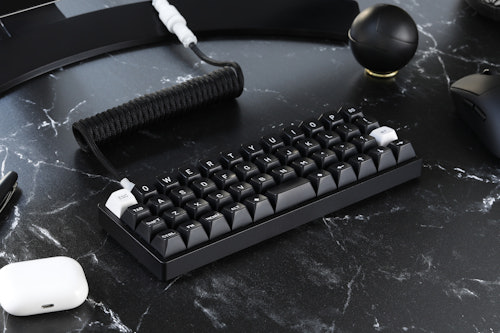
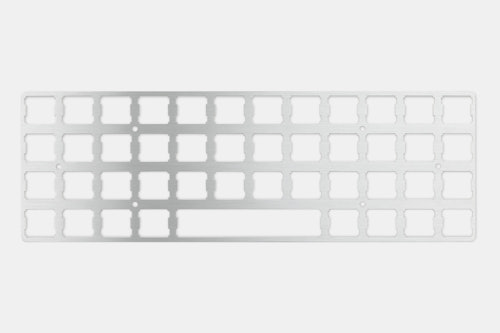

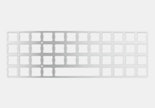
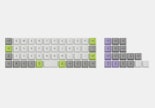
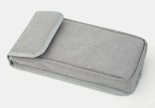



.jpg?auto=format&fm=jpg&fit=crop&w=750&h=500&dpr=1&chromasub=444&q=70)
